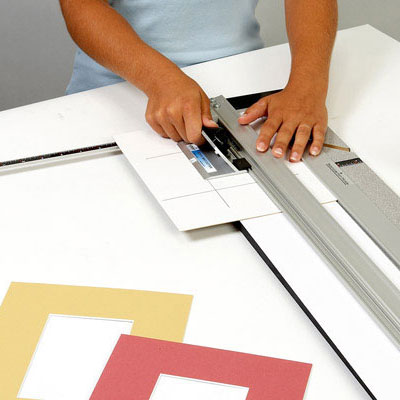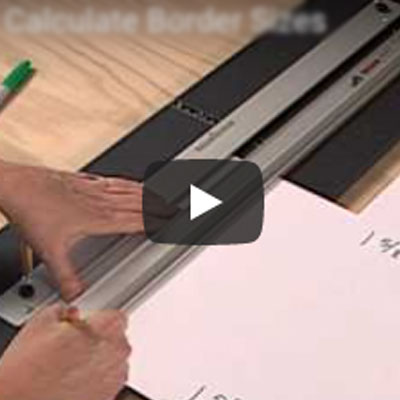When it comes to joining picture frames with V-nails, one of the most common questions we get here is whether a hardwood V-nail can be used to join softwood frames. It makes senses if you think about it. If a hardwood V-nail can penetrate hardwood, it should be able to penetrate softwood too.
But this betrays a fundamental misunderstanding of how the V-nail works. The difference has nothing to do with how sturdy the V-nail is. Instead, it has to do with how the V-nail penetrates the grain of the wood.
While it is true that hardwood frames are generally denser and more difficult to saw and sand than softwood frames, when it comes to nailing, the pertinent difference is the direction of the grain. Grain is the alternating bands of darker and lighter wood that result from the different growth patterns of the tree. The grain may spiral around the axis of the tree, run in a single direction, parallel to the axis of the tree, or interlock.
With hardwoods like oak the grain is generally close-set and may spiral or be straight. With softwoods like basswood the grain is generally open and may interlock.
V-nails are designed to follow the grain of the wood. Although they look similar to the naked eye, they deflect slightly in or out as they penetrate the grain. This accounts for the ease with which a hardwood V-nail penetrates a dense hardwood frame. It follows the grain as it enters.
If you use a hardwood V-nail with a softwood frame, it cuts across the grain, which accounts for the crunchy feel you get as you drive the nail. In some cases, using a hardwood V-nail with a softwood frame can split the wood.
Bottom line: You are not advised to use hardwood V-nails with softwood frames.
Use the right type of V-nail and you will finding V-nailing easy and less prone to errors.












